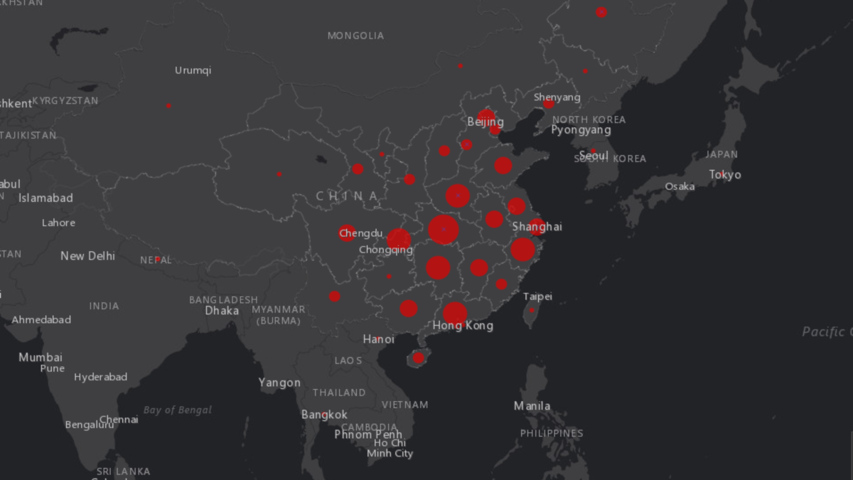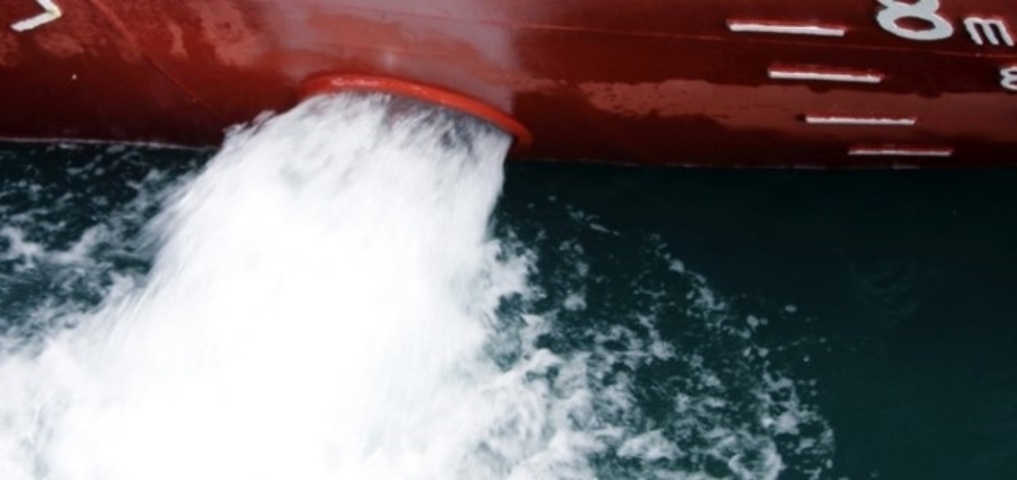Since 1 January 2020, the global upper limit on the sulphur content of ships' fuel oil has been reduced to 0.5% from 3.5% (under the so-called "IMO 2020" regulation). This is significantly reducing the amount of sulphur oxide emanating from ships and will have major health and environmental benefits, particularly for people living close to ports and coasts. Information from various sources has indicated a relatively smooth transition to the 0.50% sulphur limit. Prices for compliant fuels - very-low sulphur fuel oil (VLSFO) and marine gas oil (MGO) rose quickly initially but now appear to be stabilizing. Read more: IMO News








